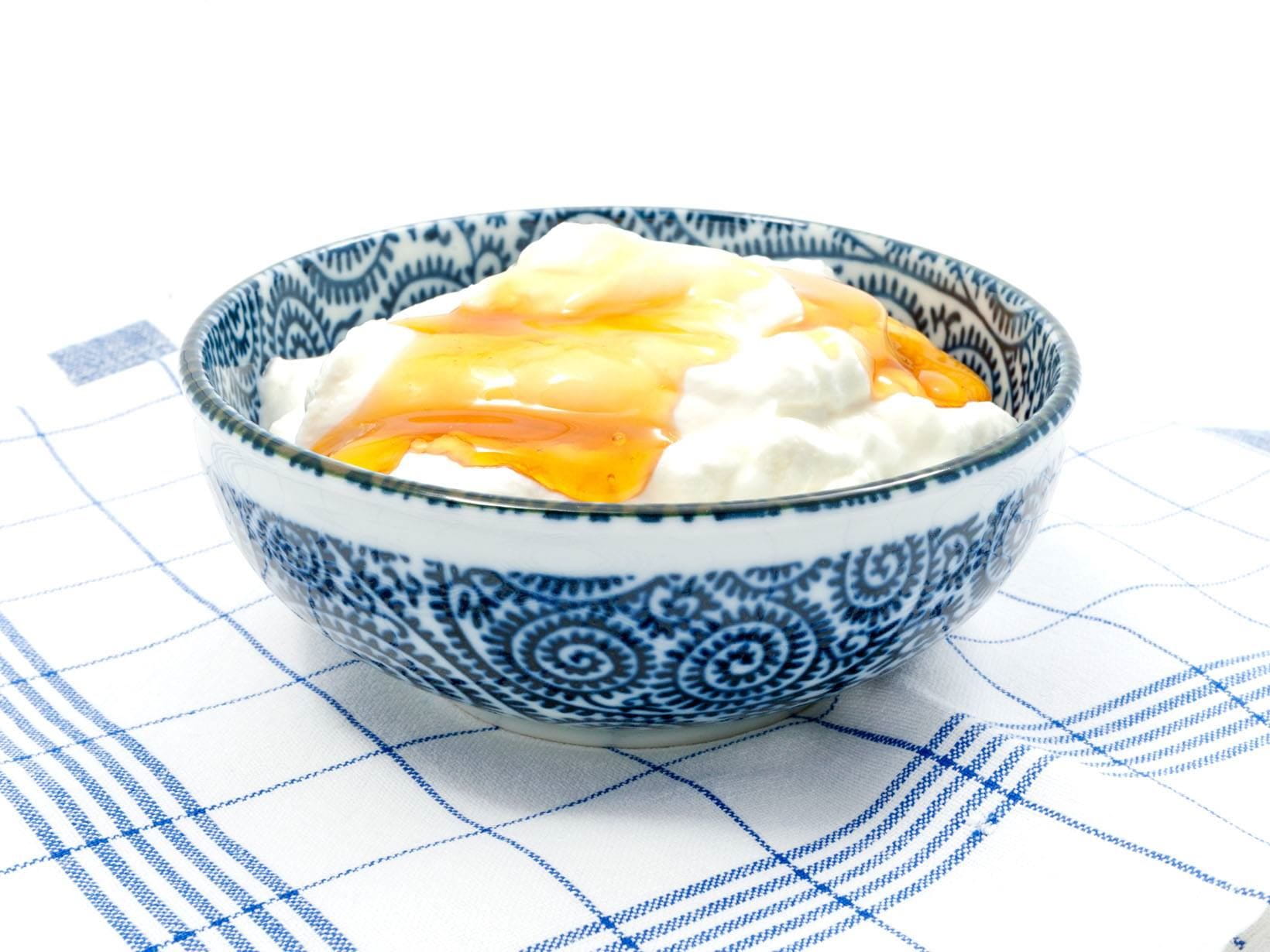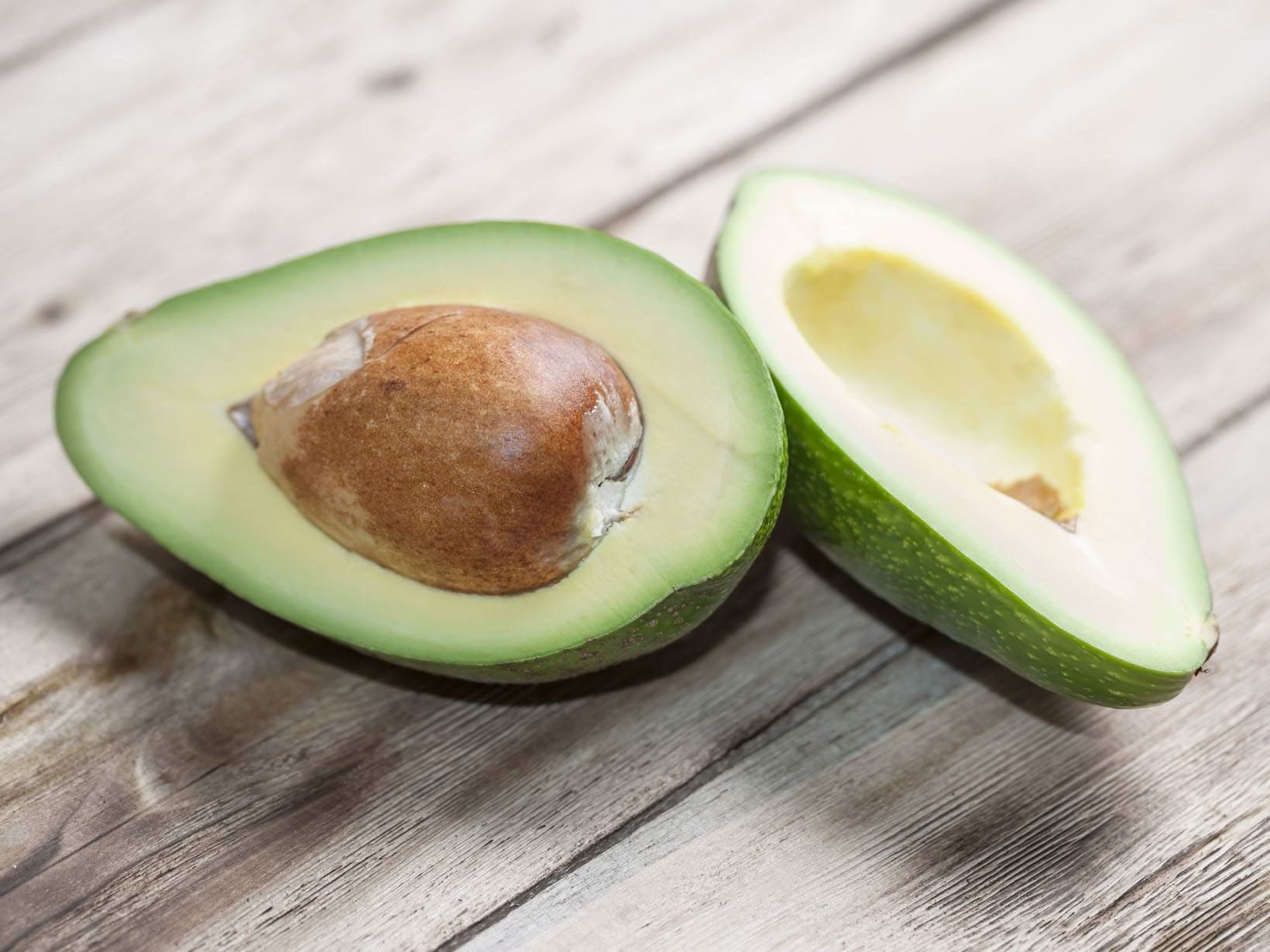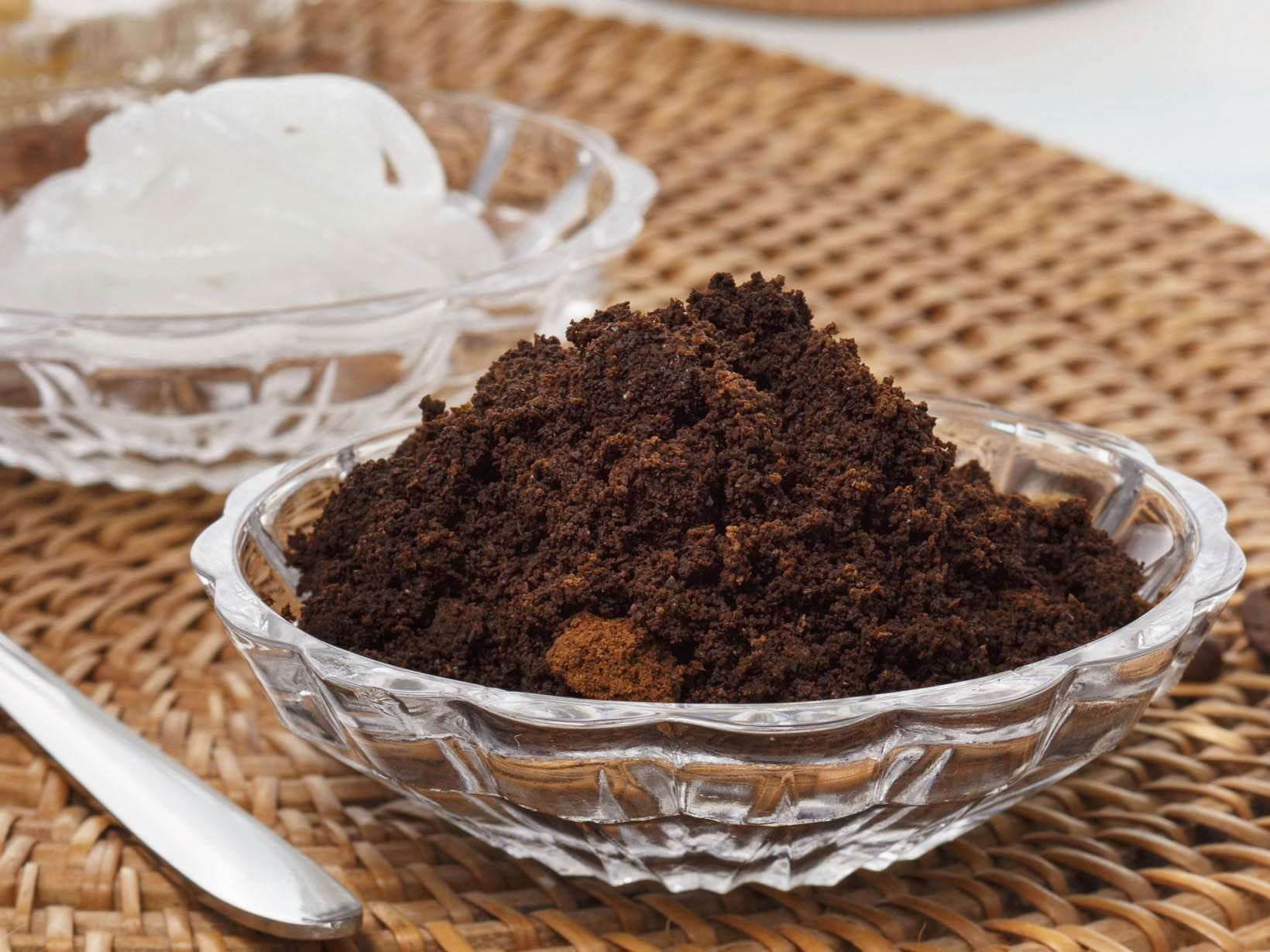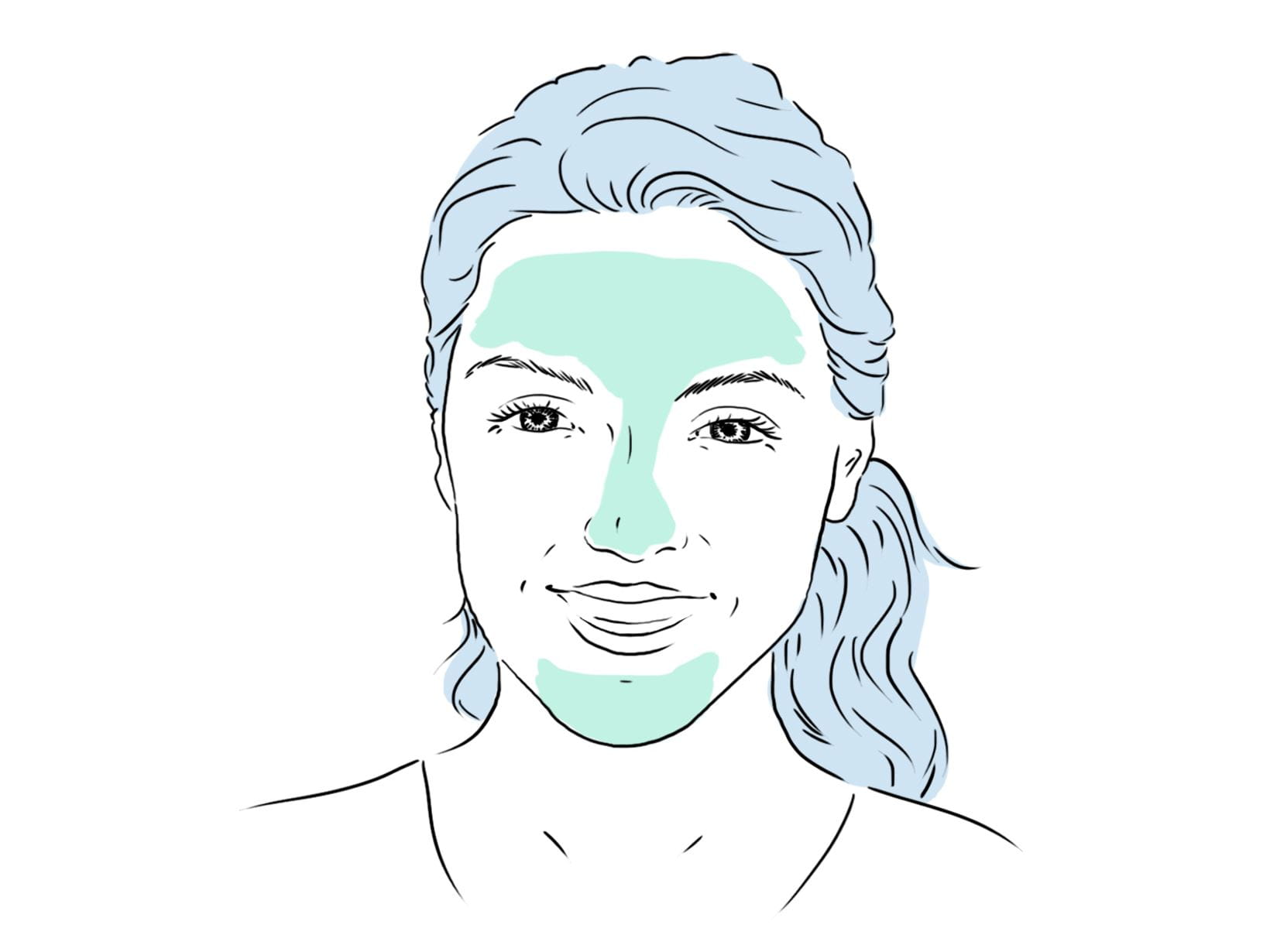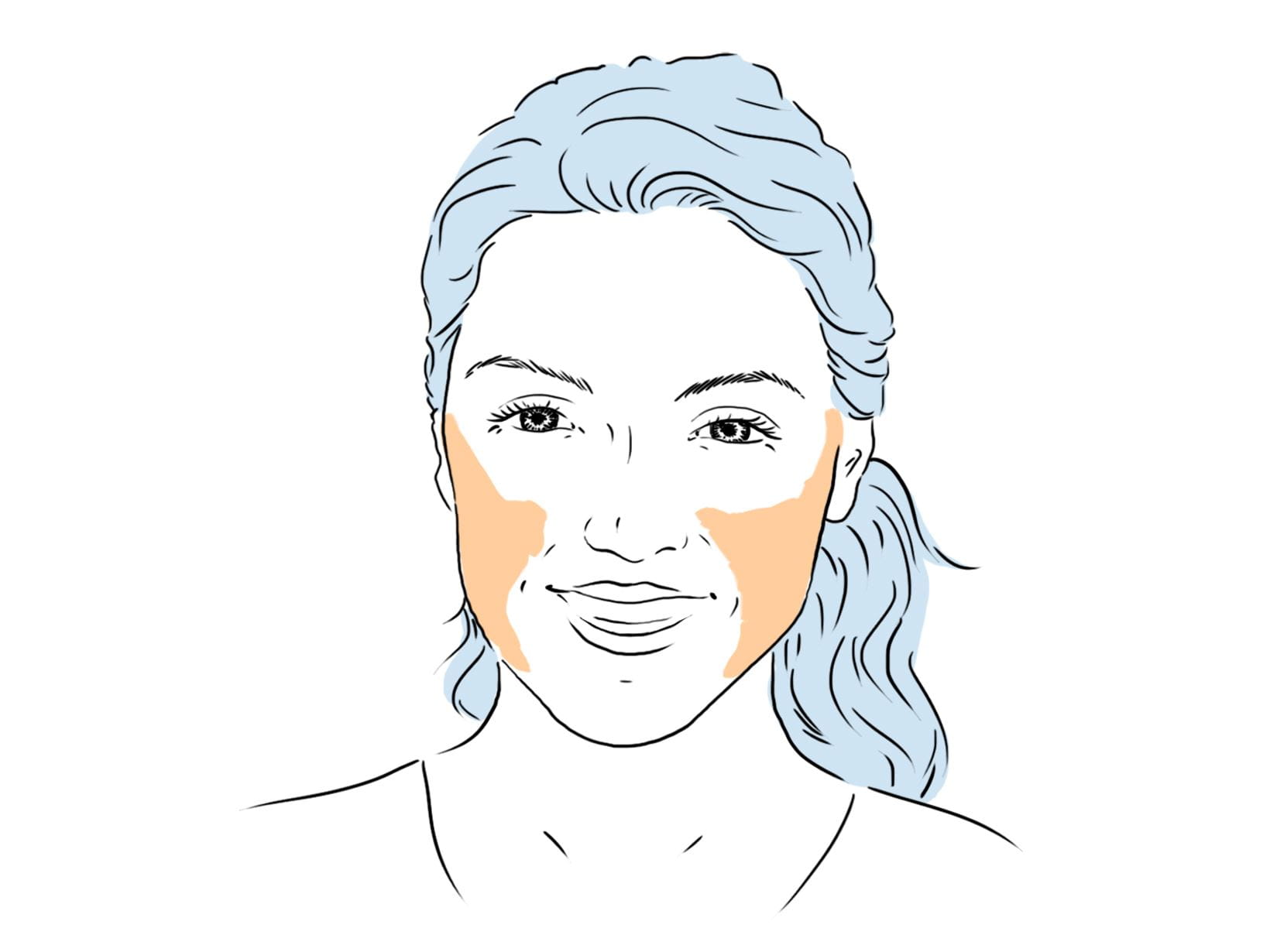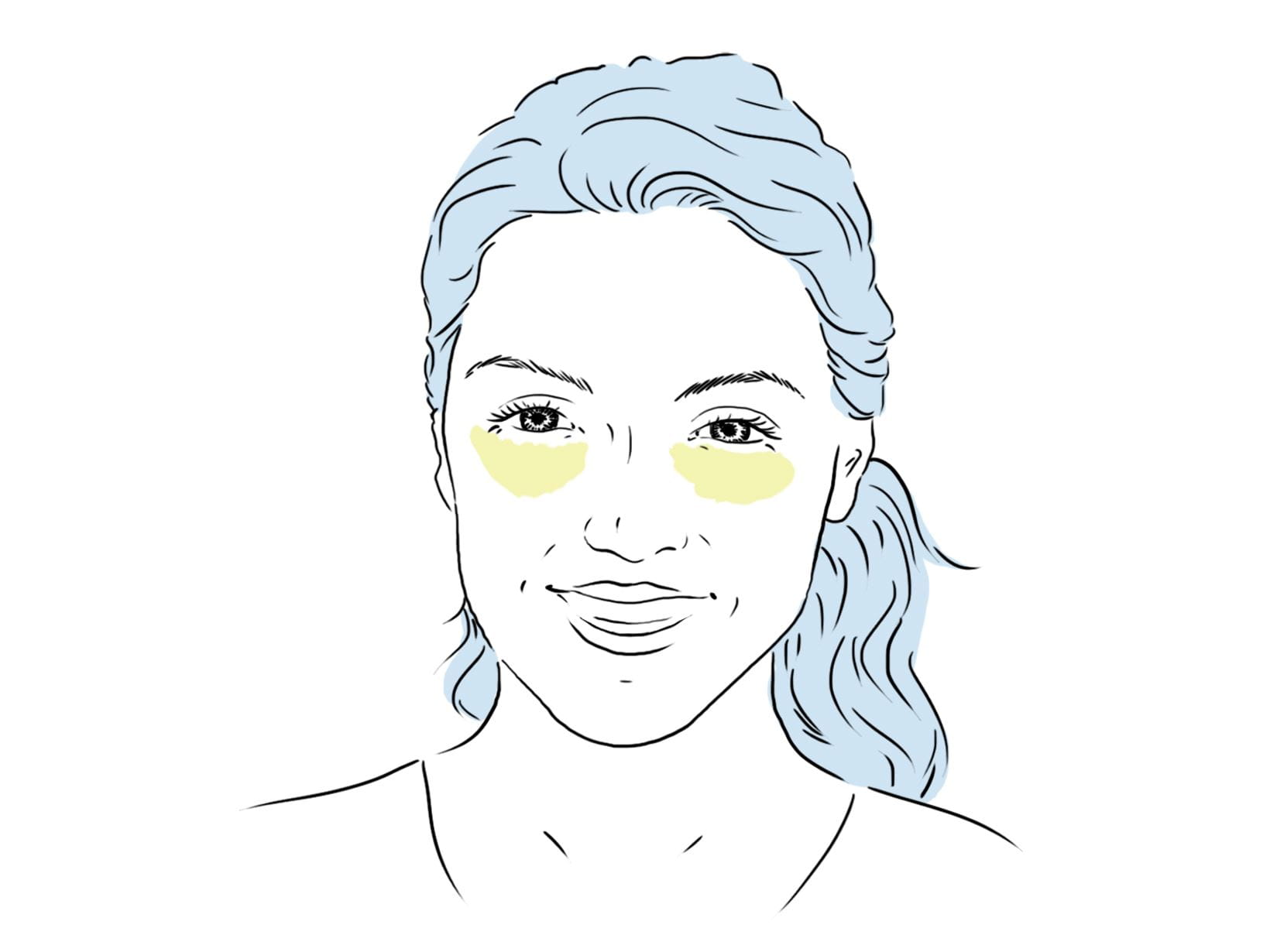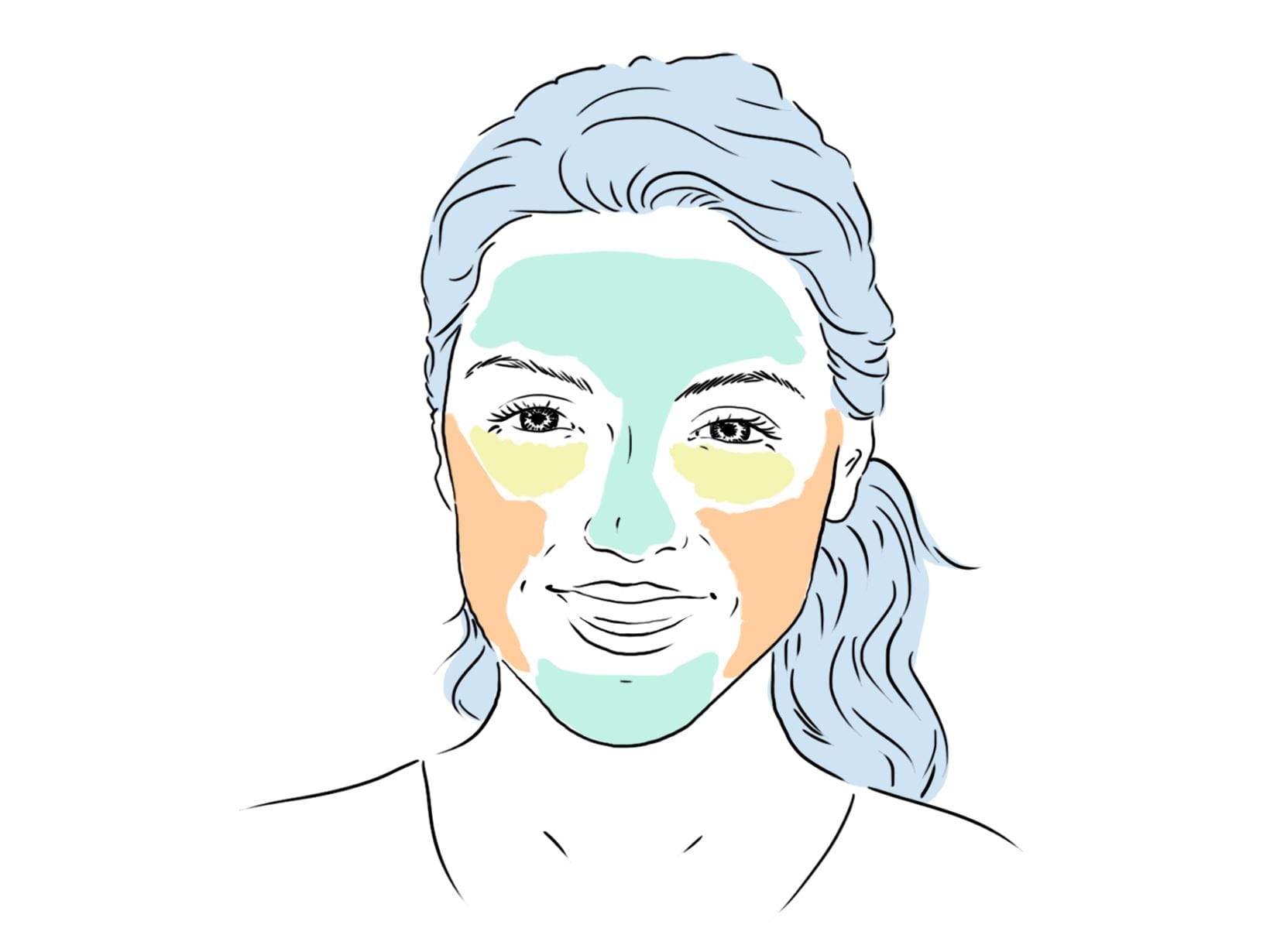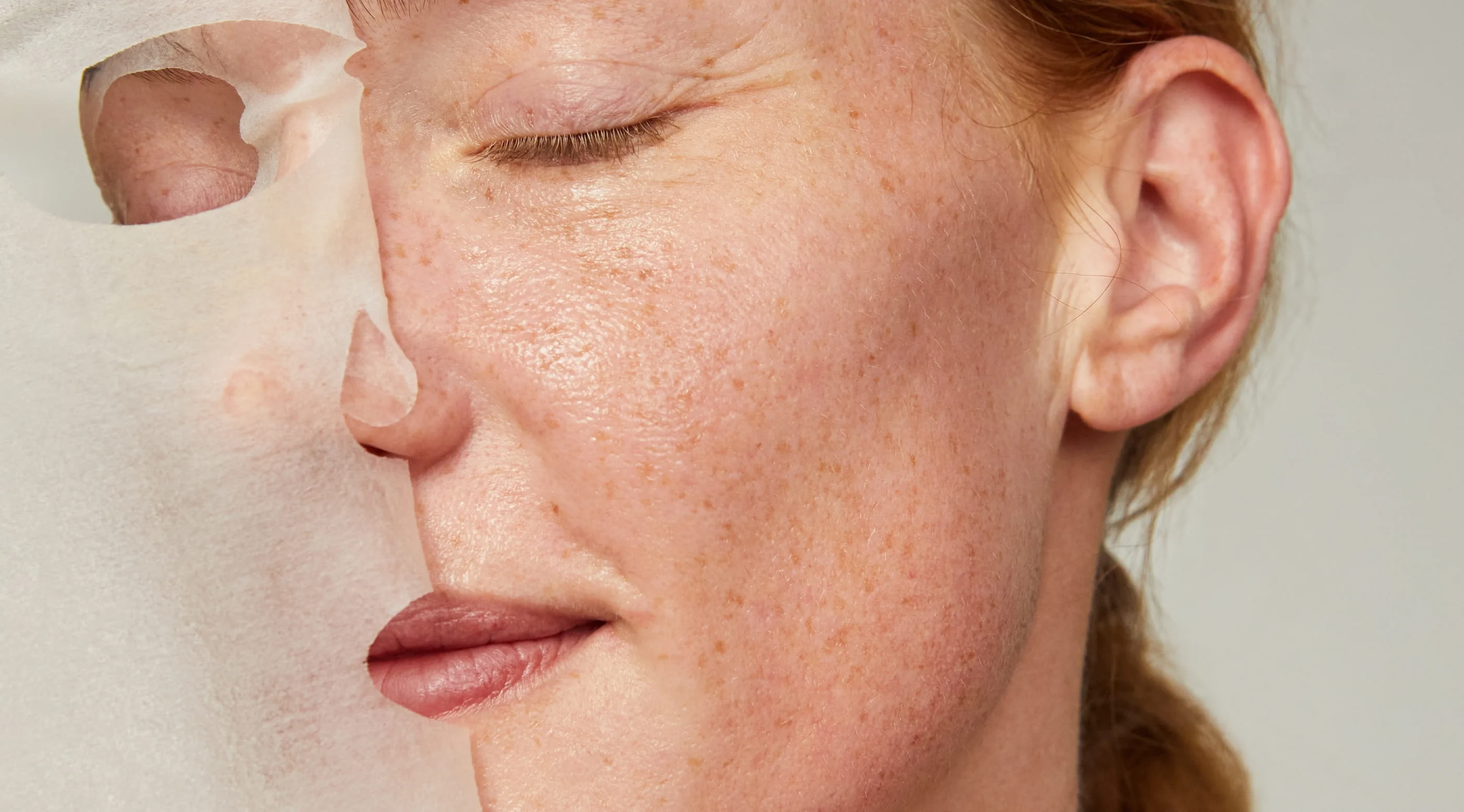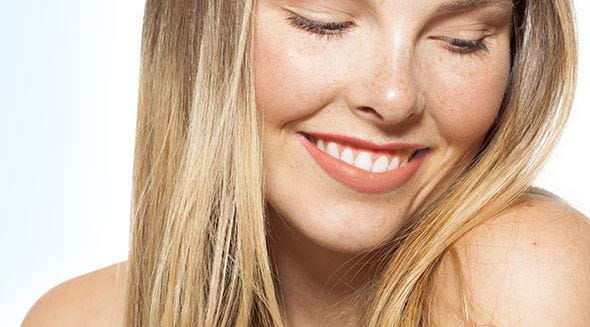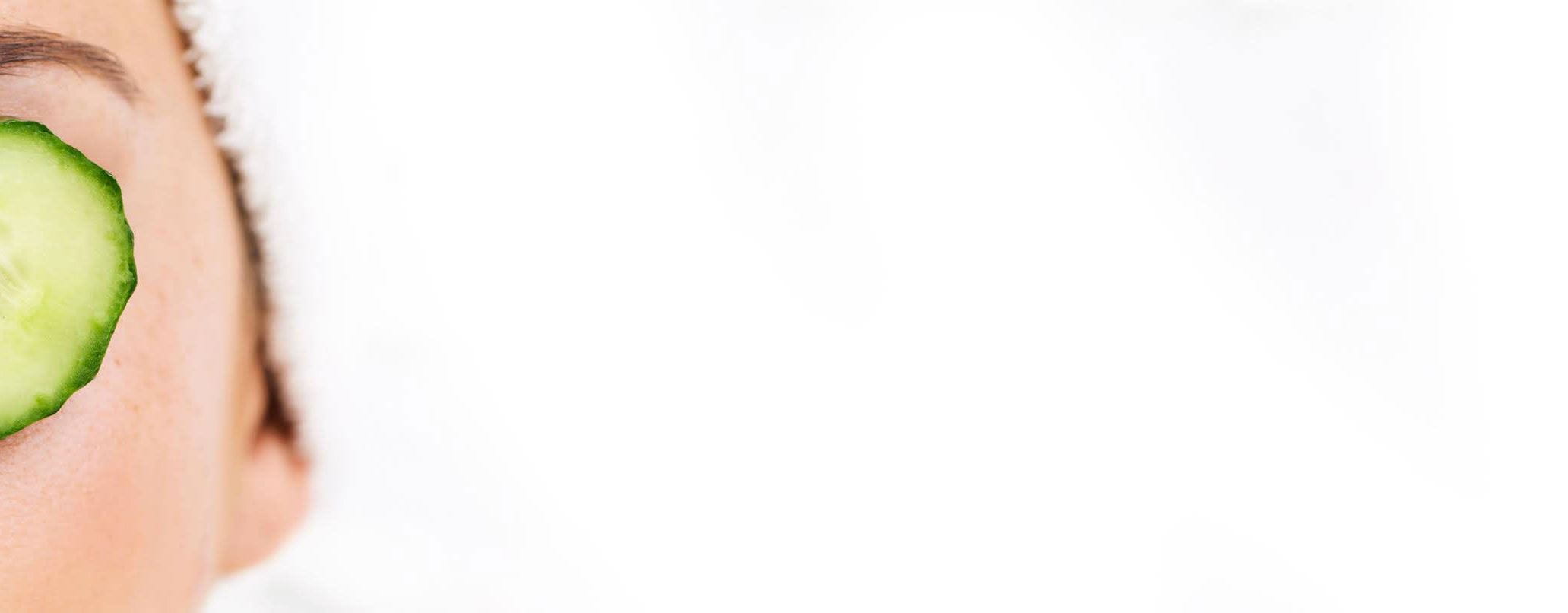
DIY Face Mask and Facial Massage
Applying a face mask is one of the best treatment you can give your skin. Homemade masks are super easy to make and fun to create too! You might find yourself surprised at how many of these ingredients you already have at home! Happy days.
MAKE YOUR OWN FACE MASK: DIY RECIPES
If you apply these three masks using the multimasking principle, you’ll be able to meet your skin’s different needs with optimal results. The best thing about it is that you can whip them up yourself using just a few ingredients.
HOW TO MAKE A DIY FACE MASK
5 BENEFITS OF FACE MASKS
THE RIGHT MASK FOR EVERY ZONE
The needs of the individual parts of your face are quite different. Find out where you should apply which mask to achieve clear skin and a revitalised look.
